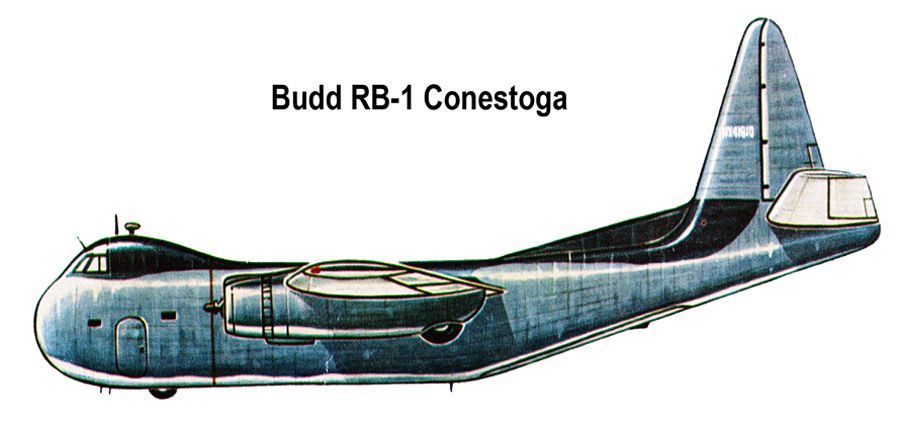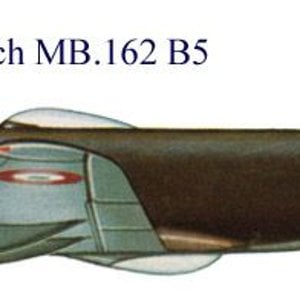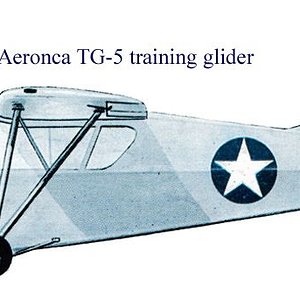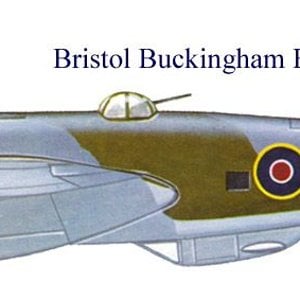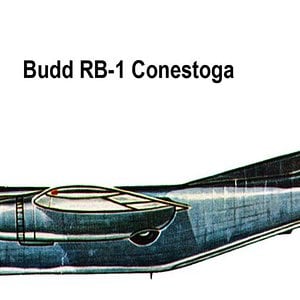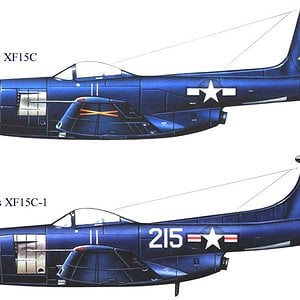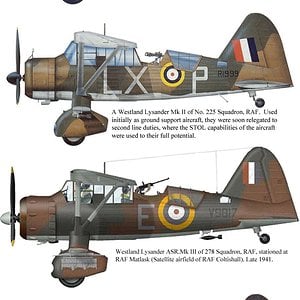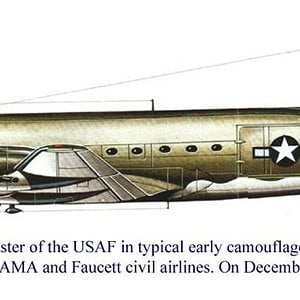Navigation
Install the app
How to install the app on iOS
Follow along with the video below to see how to install our site as a web app on your home screen.
Note: This feature may not be available in some browsers.
More options
You are using an out of date browser. It may not display this or other websites correctly.
You should upgrade or use an alternative browser.
You should upgrade or use an alternative browser.
The RB-1 Conestoga was a twin-engine, stainless steel cargo aircraft designed for the United States Navy during World War II by the Budd Company of Philadelphia, Pennsylvania. Although it did not see service in a combat theater, it pioneered design innovations later incorporated in modern military cargo aircraft.
The prototype first flew from the Budd Red Lion Factory Airfield in Philadelphia, Pennsylvania on 31 October 1943, piloted by Guy Miller. The prototype had a takeoff run when empty of just 650 feet, and could carry a maximum payload of 10,400 pounds with a takeoff run of 920 feet. However, the aircraft demonstrated greater than expected fuel consumption; the range with a standard payload was only 700 miles, 650 miles with a maximum payload. Three prototype aircraft: NX37097, NX41810, and NC45354 were built; one was used for testing radio equipment, while the other two were used for flight test evaluations. During testing, a few aircraft had difficulty with the simultaneous deployment of the right and left landing gear. With the same engines as the C-47, but with 3,000 pounds more weight (empty), the aircraft was relatively underpowered; it was reportedly said that for an aircraft built by a railroad car company, it indeed handled like one.
Production RB-1 aircraft never entered squadron service with the Navy, but a few were briefly used by Naval Air Stations as utility aircraft. With only 17 aircraft in inventory, the RB-1 was not feasible to maintain on the active list, and it was retired from U.S. Navy service in early 1945.
Info: Wikipedia
http://en.wikipedia.org/wiki/Budd_RB_Conestoga
Profile: Spafi
http://www.spafi.org/resources/category/19
The prototype first flew from the Budd Red Lion Factory Airfield in Philadelphia, Pennsylvania on 31 October 1943, piloted by Guy Miller. The prototype had a takeoff run when empty of just 650 feet, and could carry a maximum payload of 10,400 pounds with a takeoff run of 920 feet. However, the aircraft demonstrated greater than expected fuel consumption; the range with a standard payload was only 700 miles, 650 miles with a maximum payload. Three prototype aircraft: NX37097, NX41810, and NC45354 were built; one was used for testing radio equipment, while the other two were used for flight test evaluations. During testing, a few aircraft had difficulty with the simultaneous deployment of the right and left landing gear. With the same engines as the C-47, but with 3,000 pounds more weight (empty), the aircraft was relatively underpowered; it was reportedly said that for an aircraft built by a railroad car company, it indeed handled like one.
Production RB-1 aircraft never entered squadron service with the Navy, but a few were briefly used by Naval Air Stations as utility aircraft. With only 17 aircraft in inventory, the RB-1 was not feasible to maintain on the active list, and it was retired from U.S. Navy service in early 1945.
Info: Wikipedia
http://en.wikipedia.org/wiki/Budd_RB_Conestoga
Profile: Spafi
http://www.spafi.org/resources/category/19

